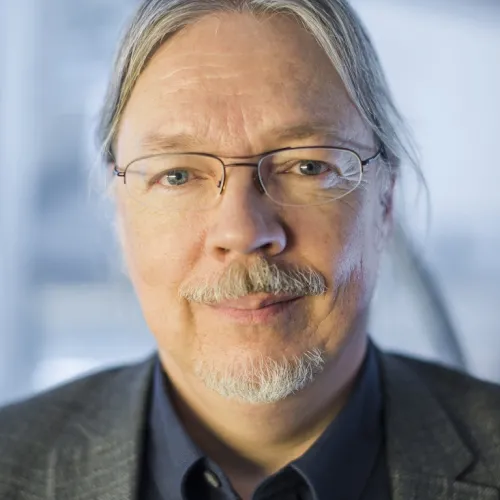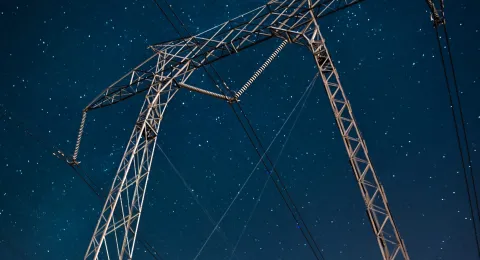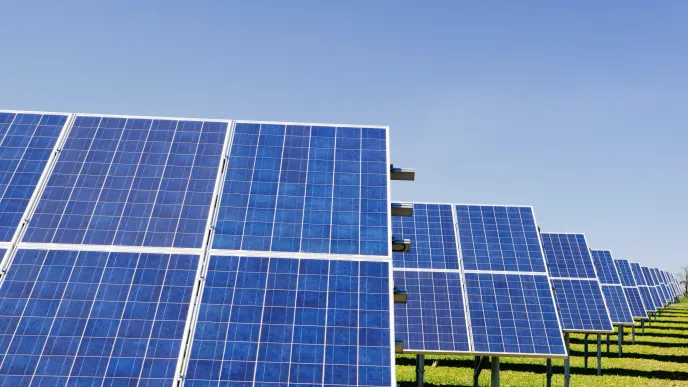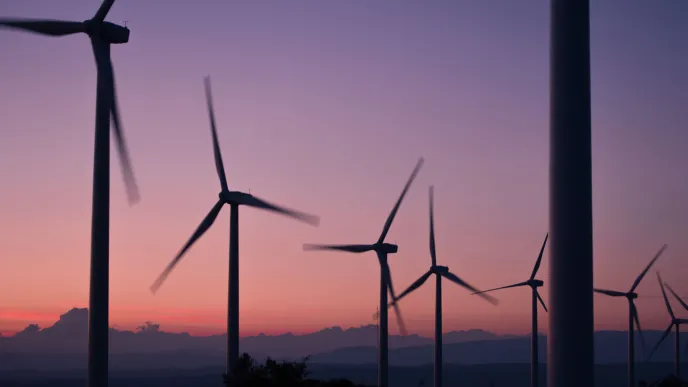LUT University was contracted to test the safety of the damping system, which was the last significant safety issue that needed solving before Olkiluoto 3, with an electrical output of approximately 1 600 MWe, could start up. The testing continued until January 2019.
In close cooperation with the vendor AREVA and operator Teollisuuden Voima Oyj (TVO), the LUT team led by Juhani Hyvärinen, Professor of Modelling in Nuclear Engineering, discovered a way to prevent vibration damping materials from interfering with reactor safety systems. LUT's solution has now been accepted by the Finnish Radiation and Nuclear Safety Authority (STUK) and is currently being installed at the power plant.
"Dealing with vibration damping is common in power plants and industrial processes. Its location in the primary circuit close to the reactor, however, created a unique challenge," Hyvärinen says.
Large-scale independent tests verified LUT's solution
If an accident occurs in a nuclear reactor, it is crucial to ensure water circulation. This is especially important in pipe breaks, which could release vibration damping material into the cooling water, where the damping material would interfere with reactor cooling.
"We found a way to separate damping materials safely from the cooling water and designed dedicated filter structures that could be fit into available plant space. This took a great deal of testing on the relevant transport and filtration processes," Hyvärinen explains. In early February, the LUT filter design was independently verified in larger-scale tests by the Olkiluoto 3 vendor AREVA in Germany.
LUT represents unique nuclear safety expertise
LUT has pilot scale nuclear safety laboratories on its Lappeenranta campus. During the early phase of Olkiluoto 3 construction in the 2000s, the LUT Nuclear Engineering team performed confirmatory tests on the Olkiluoto 3 core catcher for the safety regulator STUK. The core catcher is a device that will capture and cool down molten core material in the unlikely case of a core melt accident.
In different stages of the plant construction, LUT has provided expert advice on safety system engineering issues also directly to TVO, the owner and future operator of Olkiluoto 3.
"The unique capability of the LUT Nuclear Engineering laboratories has allowed the comprehensive testing of all relevant phenomena and the cost-effective development of the filter system design. The design worked exactly according to specifications also in AREVA's large-scale testing," concludes Hyvärinen.
More information:





